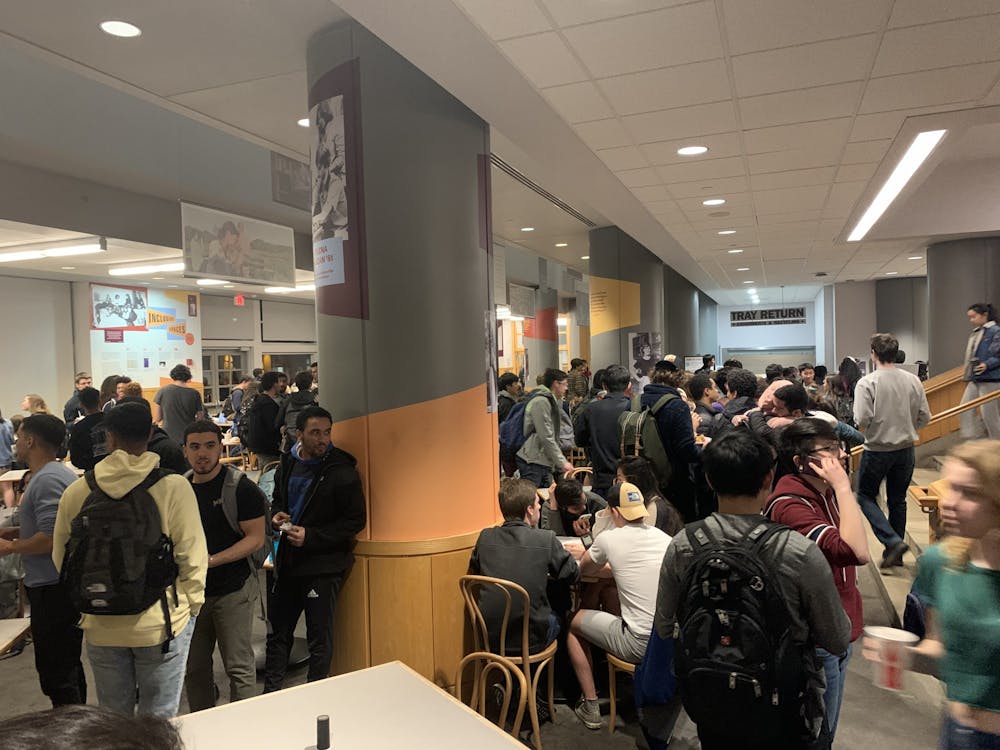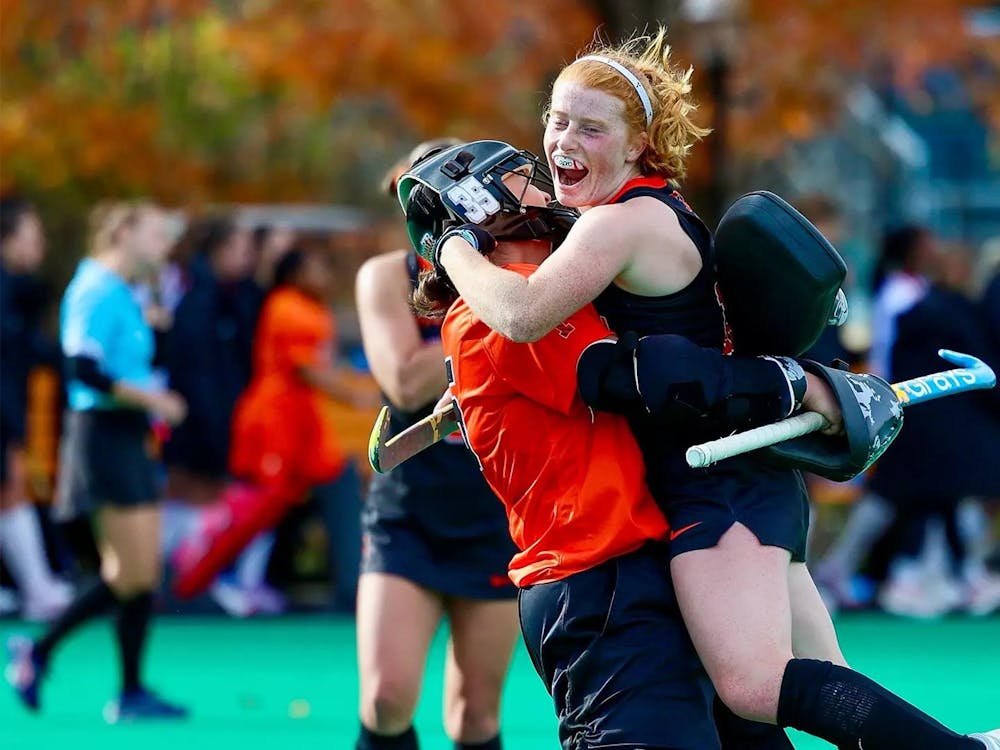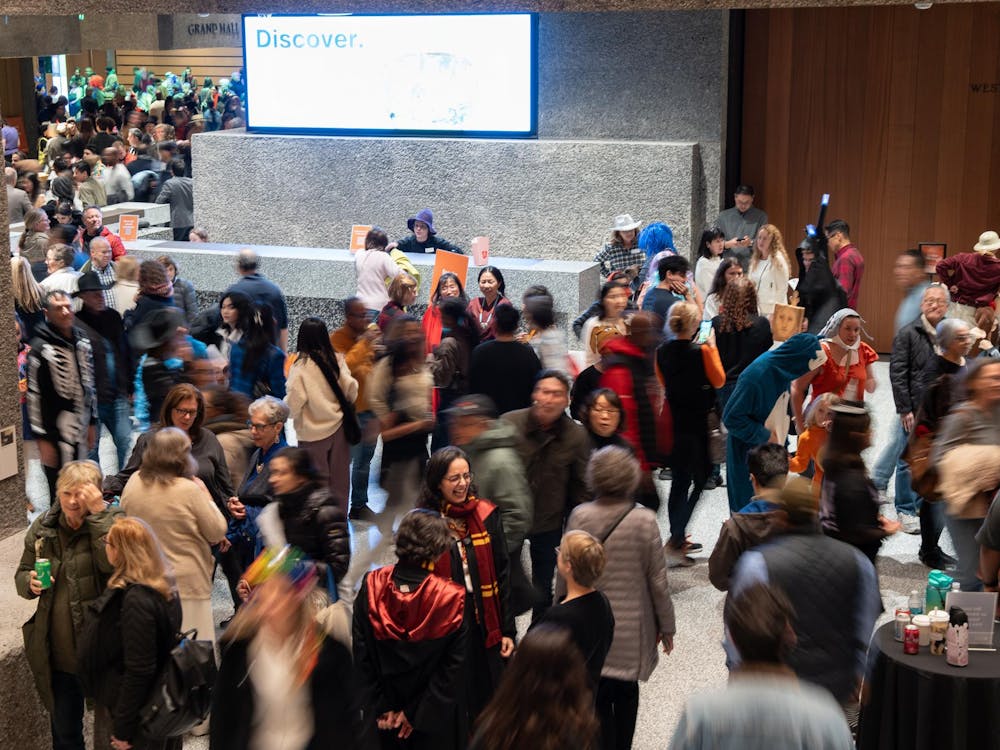In private memory, this place [Princeton] is its halls, its library, its chapel worn to satin by the encounters and collaborations among and between strangers from other neighborhoods and strangers from other lands. In private memory, it is friendships secured and endangered on greens and in classrooms, offices, eating clubs, residences. In private memory, it’s stimulating rivalries negotiated in laboratories, in lecture halls, and on and within sports arenas. Every doorway, every tree and turn is haunted by laughter, by murmurs of loyalty and love, tears of pleasure and sorrow and triumph.
– Toni Morrison, “The Place of the Idea; The Idea of the Place” — presented at Princeton’s 250th Anniversary Convocation
What makes the place?
High school seniors have, for years, been faced with the same messages from universities all across the country. When asked about the best part of their schools, college students rise up in unison: It’s the people. The networks. The community.
This answer begins to feel cliché after enough campus tours and information sessions. But when we eventually come to occupy those spaces as our own, it almost always rings true — every great place is made great because of the people.
At Princeton, that fact is embodied in the late-night Firestone study sessions, the later-night Murray Dodge cookie runs, and the impromptu sing-alongs in the Coffee Club. The moments of triumph after a successful midterm exam and the moments of sadness after a final grade release. The nights out and nights in, the ping-pong matches and speaker series, the fundraiser events and volunteer outings. All mediated by the granite and marble foundations of the University and made meaningful by the people around us; all integral to life on Princeton’s campus.
Now, as we approach Princeton’s first-ever fully-online semester, those elements of community seem irreparably distant.
When we reflect on this loss, we tend to focus on the close friends — the people we roomed with, studied with, and partied with; the people we stayed in touch with during breaks from school (when those were only temporary). Naturally, it’s their company that we will mourn as we attend class from our bedrooms.
There is another loss, however, that earns less attention — though it will surely go on to define our semesters, and perhaps our Princeton experiences as a whole. That’s the loss of peripheral community.
Our commutes across campus are often bookended by engagements with members of our inner circles. But any walk from place to place is also peppered with subtler, more measured interactions with the people in our social “grey area” — too close not to acknowledge but too distant to greet with more than a few pleasantries and a smile (or perhaps a “let’s get a meal some time!”).
These sorts of interactions, simple as they are, constitute a fundamental element of community that we often take for granted. And now, faced with a fully virtual campus experience, we will likely find ourselves clinging to well-established friendships but failing to connect with the full range of people who make our lives at Princeton meaningful.
Part of the problem is the overwhelming intentionality necessitated by online communication. Wandering through campus, we can rekindle dormant relationships simply by happenstance: running into an old friend in front of Woolworth, catching a former lab partner on their way out of Dillon Gym, or boarding the Dinky with a first-year orientation leader we haven’t spoken to in a while. Even just the sight of familiar faces — love interests, ex-partners, strangers you happen to see everywhere — evokes some sense of a living community that requires little of us in order to go on existing.

But the virtual world demands premeditation of almost every interaction, often denying access to those brief but essential moments of connection: the short side-conversations as everyone in our Zee group starts yelling over each other about which Harry Potter movie was best, the whispered commentary on something a professor said just moments before, the glances and snickers after a plate is dropped in the dining hall. These instances are valuable in their potential as foundations for more significant relationships, of course, but also in themselves.
The grand and intimidating wall that is the online medium hampers these connections. Sure, we can start separate chats with individual Zoom attendees; and, of course, we can reach out to people after group meetings to touch on shared interests. But the activation energy for this type of outreach is decidedly higher than it might be on a normal day on our campus.
The two-dimensionality of it all denies us the beautiful residue of social interaction that we experience in a truly shared space. In person, our tolerance for silence is greater, and no encounter starts and ends as abruptly as a Zoom call does. We accept fluctuating conversational dynamics and take care to gradually phase out of interactions — and even when they end, we can always run after people to wallow in the togetherness a little longer.
In the absence of three-dimensional closeness, then, we will have to work even harder this semester to embrace peripheral community. Instead of restricting our online interaction to pre-scheduled conversations that we deem “important,” we will have to create space and acceptance for the digitization of connections that might fall through the cracks of our long-term memories.
This may be as simple as logging on before the start of virtual class meetings to leave time for small talk with other students. It may mean inviting more acquaintances to Zoom calls with friends or setting up “speed-friending” events mediated through FaceTime. It might manifest in a million different ways, all unconventional and experimental and hopelessly romantic.
Fostering this culture will rely on a collective recognition that we are all facing the same barriers to connection, that there will be bumps and awkward pauses along the way, and that making the effort is still worth it.
It will be worth it. It will be necessary. And, inevitably, it won’t be enough.
But hopefully living in this strange new world will instill in us a more lasting appreciation for the people in our peripheral community. Then, once things return to “normal” — when we are finally afforded the freedom to wander and cross paths once again — we can relish those small, beautiful moments as they unfold and sit with them a little bit longer when they’re over. They are a fundamental part of community, and they are worth protecting.
Remy Reya is a senior in the Princeton School of Public and International Affairs. He can be reached at jreya@princeton.edu.








